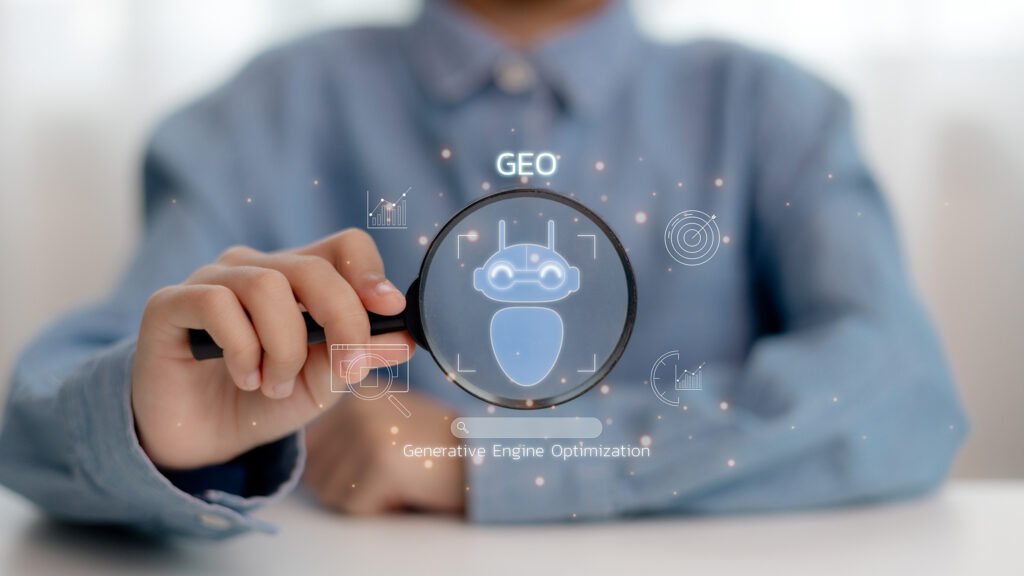Last week, I travelled to Brisbane to attend the 2018 Interactive Minds Digital Summit as part of my professional development and continual learning. It was a two-day summit with the first day dedicated to industry and technology updates from some of the world’s leading digital companies. The second day was more hands on with concurrent streams for Strategic Thinkers and Practical Performers delving deeper into the subject matter and considering the implementation of the knowledge explored within their own business and for their clients.
Here is a summary of highlights from the summit:
Executive Director Ecommerce and Virtual Reality from HTC, Jeremiah Andrick, opened with a keynote that covered a wide range of topics with the fast pace of innovation and change at its core. This change is reflected in the way we as consumers behave. We are now navigating chaos; the traditional sales funnel is dead. There are multiple touchpoints across a variety of media. “No consumer behaves in a funnel.”
One thing that won’t change anytime soon is how we need to care for our customers. Jeremiah recommends we “cultivate the customer service rather than sell them a product.” The value of partnerships is a core value of ours, we need to focus and adapt our partnerships according to the immediate needs of our clients and users. Have a think about the customer journey map for your business, where are you situated as a business and where are your touchpoints for your clients?
Also, the HTC’s VR headset Vive is really impressive, and the ways it is being used by entertainment and information businesses is mind blowing.
Director of Audiences ABC, Leisa Bacon, was next with a compelling presentation on the change of Australian media consumption over the last 60 years or so. The rise of digital content is a focus for our ABC which is an important reminder as to why its independence is so vital to us as consumers.
Content Marketing Evangelist from LinkedIn, Claire Austin, delivered an interesting concept in content creation termed Co-Elevation. Content marketing works best when it is done by people and is authentic. “People trust people over brands.” Claire highlighted a “crisis of trust in organisations”, where people are no longer listening to brands and companies and more and more are turning to peers for validation. The key is to use tools such as search, mobile, and social, across more of our organisation to cut through the maze of touchpoints that include our users’ space and the peers of our users.
Co-elevation, I took as being a strategy of sharing the responsibility for authentic and relevant content creation more broadly across your team. How do we co-elevate?
- Develop a content strategy.
- At least 25% of the content being developed would sync with employees’ interests.
- Create a culture of sharing and co-elevating.
- A/B (split) test your post content and images.
- Consider video – according to LinkedIn, video content is shared 20 times more than any other content.
Who else in your organisation can prepare and publish great content? Give them access, a plan, and the validation that they are subject matter experts as well.
Why isn’t email dead yet was a feast of data on email usage presented by Managing Director of Otherlevels, Brendan O’Kane. Interesting data points that reinforced the power and cut through potential of email in our marketing include:
- 270 billion emails are sent every day
- 48% of these are transactional
- 18.3% of these are non-transactional (the rest I guess are spam!)
- 90% of all emails sent land in an inbox whereas 2% of your Facebook posts are seen in your users’ feeds.
- Increase this 2% with trust and relevance.
- 68% make the decision to open an email based on the from name.
- 90% of people prefer email for information from their preferred brands, while 10% are happy to reply on Facebook.
- Tone of voice, and relevance are important.
So, if you want to hit your mark with your marketing, don’t forget your email campaigns, perhaps a more regular monthly strategy. Don’t put all your digital marketing eggs in the one basket.
Guy Munro from Versa presented How Voice is changing the marketing landscape. Munro’s talk hit home with the statistic that 30% of our interactions with technology will be through the use of our voice by the end of 2018. That is this year. Alexa, Siri, OK Google, are being built in to more and more devices. We need to understand how our consumers will use voice to ask for the information, products, and services we provide to ensure we do not miss out.
Facebook Client Partner Peter Smyth strikingly demonstrated the amount of content that can be presented over periods of time that are becoming shorter and shorter with some excellent examples of Facebook ads. How should we inform, entertain, service, and fulfil the needs of our users in such short increments?
Consider this … there are 13 million active Facebook users in Australia, 12 million of them use a mobile to do so. That is a small screen space, we need to consider bringing the experience of our business closer to the user. 97% of Facebook users use Facebook in portrait orientation. We need to earn attention and deliver value.
There are three modes of attention in Facebook usage:
- On-the-go – this is the portrait and thumb flick of the stream, how do you stand out?
- Lean forward – this is when you are getting the attention and the user slows down for a closer look.
- Lean back – almost always video, this is when you have them engaged with your content and you lean back to enjoy it.
Doctor Michael Rosemann, Executive Director, Corporate Engagement, Queensland University of Technology asked “What is your opportunity appetite?” This was an amazing 10 minutes or so, I was too spell bound to make many notes! In the digital economy, there are so many opportunities, but we are conditioned to focus our minds and tools on the problems. I can’t help but recall the cliché “to the man with a hammer, everything looks like a nail”. Dr Rosemann instead presented a glass of water. Is it half full, or half empty? Why do we not instead identify the opportunity to fill it up?
He called on companies to develop opportunity appetite statements to communicate internally and externally how we are dedicating our minds to what is possible when we combine digital technologies, our business models, and the changing demographic environments to deliver greater value to our customer and user base.
This was just the first day, and space prohibits expanding into more of the presentations and content. It was a great opportunity to meet with like-minded people, share our experiences, learn more about how we can apply new learnings and ideas into HyperWeb and to offer that new value to our clients and partners.




